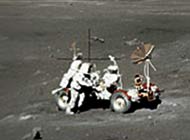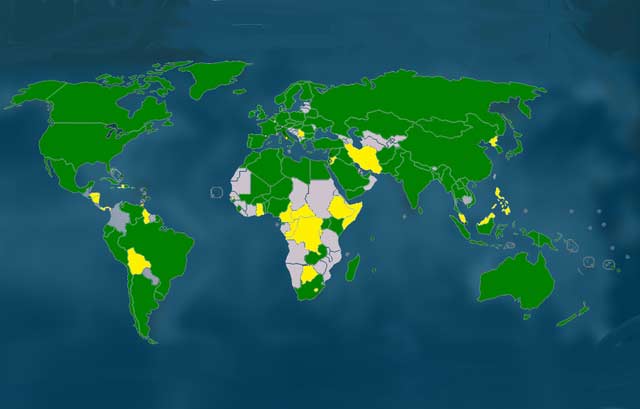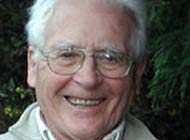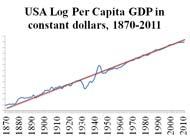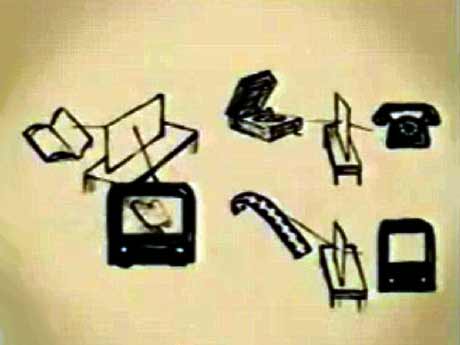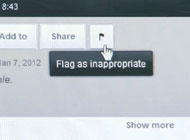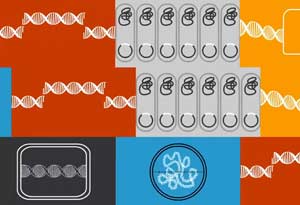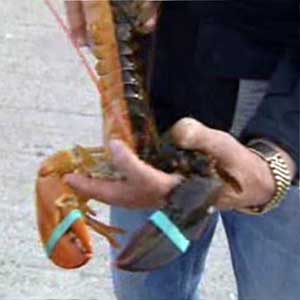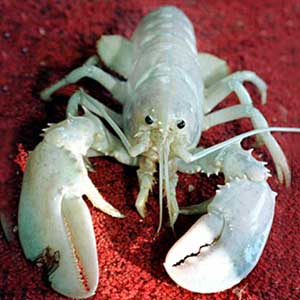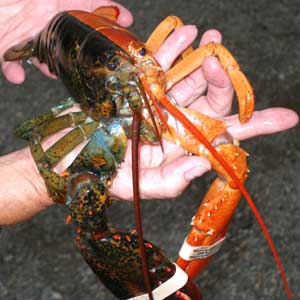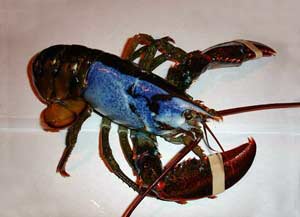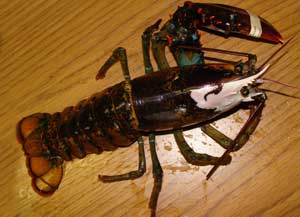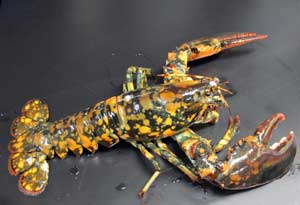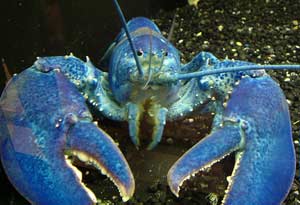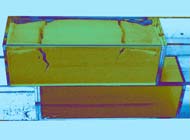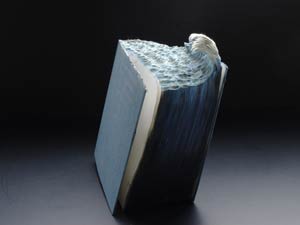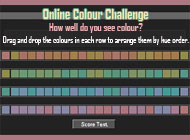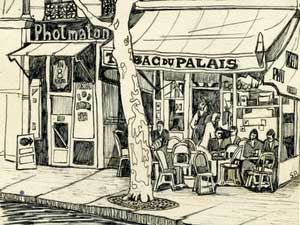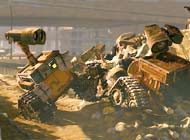From NASA and Friends
- The night photos and time-lapse movies that NASA shares are incredible. They provoke questions: Just how thick is that thin, green/yellow atmospheric line separating Earth from space? Why is it that colour? The atmosphere reaches ~100 kilometres above the surface of the earth. The colours aren’t reflected light or pollution — rather, they’re light generated from the components in the atmosphere itself — a chemiluminescent process called “airglow” or “night glow.” What puzzles me: What are those strings of wavy lines shown in this photo? (Click it for a larger version.) Yes, highways, I suppose, but why wavy? Why so nearly parallel? Bear in mind the scale of this image. In full daylight, perhaps the cause would be clearer.
- More from astronaut Don Pettit, this is an International Space Station Star trail composite. He says: “My star trail images are made by taking a time exposure of about 10 to 15 minutes. However, with modern digital cameras, 30 seconds is about the longest exposure possible, due to electronic detector noise effectively snowing out the image. To achieve the longer exposures I do what many amateur astronomers do. I take multiple 30-second exposures, then ‘stack’ them using imaging software, thus producing the longer exposure.”
- As its 6 June 2012 transit begins Venus is crossing the edge of the sun in this stunning view from the Hinode spacecraft. The timing of limb crossings during the rare transits was used historically to triangulate the distance to Venus and determine a value for the earth-sun distance called the astronomical unit. The thin ring of light seen surrounding the planet’s dark silhouette is sunlight refracted by Venus’ thick atmosphere.
- Recently recorded in infrared by the orbiting Spitzer Space Telescope, superposed in false-colour on an existing image taken by NASA’s Hubble Space Telescope in optical light, the Sombrero Galaxy, also known as M104, spans about 50,000 light years and lies 28 million light years away in the direction of the constellation Virgo.
- What causes these odd rings in Supernova 1987A? 25 years ago, in 1987, the brightest supernova in recent history was seen in the Large Magellanic Cloud. At the centre of the above picture is an object central to the remains of the violent stellar explosion. Surrounding the centre are curious outer rings appearing as a flattened figure 8. Their origin is a mystery.
- How did spiral galaxy ESO 510-13 get bent out of shape? The causes of spiral warps are still being investigated, but some warps are thought to result from interactions — even collisions — between galaxies. This galaxy is 150 million light years away and about 100,000 light years across.
- Where’s the other star? At the centre of this supernova remnant should be the companion star to the star that blew up. Identifying this star is important for understanding just how Type Ia supernovas detonate, which in turn could lead to a better understanding of why the brightness of such explosions is predictable, which in turn is key to calibrating the entire nature of our universe. The trouble? Even a careful inspection of the centre of SNR 0509-67.5 finds no star at all.
- A pre-planetary nebula is an astronomical object formed in a short-lived gap between its rapid evolution from late giant branch phase to planetary nebula phase. This remarkable picture from the Advanced Camera for Surveys on the Hubble Space Telescope shows one of the most perfect geometrical forms created in space. It captures the formation of an unusual pre-planetary nebula, known as IRAS 23166+1655, around the star LL Pegasi in the constellation Pegasus (the Winged Horse). The material forming the spiral is moving outwards at a speed of about 50,000 kilometres per hour and, by combining this speed with the distance between layers, astronomers calculate the shells are each separated from each other by about 800 years.
- Will our sun look like this one day? The Helix Nebula is one of brightest and closest examples of a planetary nebula, a gas cloud created at the end of the life of a sun-like star. The Helix Nebula, given a technical designation NGC 7293, lies about 700 light-years away towards the constellation of the Water Bearer (Aquarius); it spans about 2.5 light-years. A close-up of the inner edge of the Helix Nebula reveals a complex of gas knots of unknown origin.
 Animals
Animals Animation
Animation Art of Playing Cards
Art of Playing Cards Drugs
Drugs Education
Education Environment
Environment Flying
Flying History
History Humour
Humour Immigration
Immigration Info/Tech
Info/Tech Intellectual/Entertaining
Intellectual/Entertaining Lifestyles
Lifestyles Men
Men Money/Politics/Law
Money/Politics/Law New Jersey
New Jersey Odds and Oddities
Odds and Oddities Older & Under
Older & Under Photography
Photography Prisons
Prisons Relationships
Relationships Science
Science Social/Cultural
Social/Cultural Terrorism
Terrorism Wellington
Wellington Working
Working Zero Return Investment
Zero Return Investment








